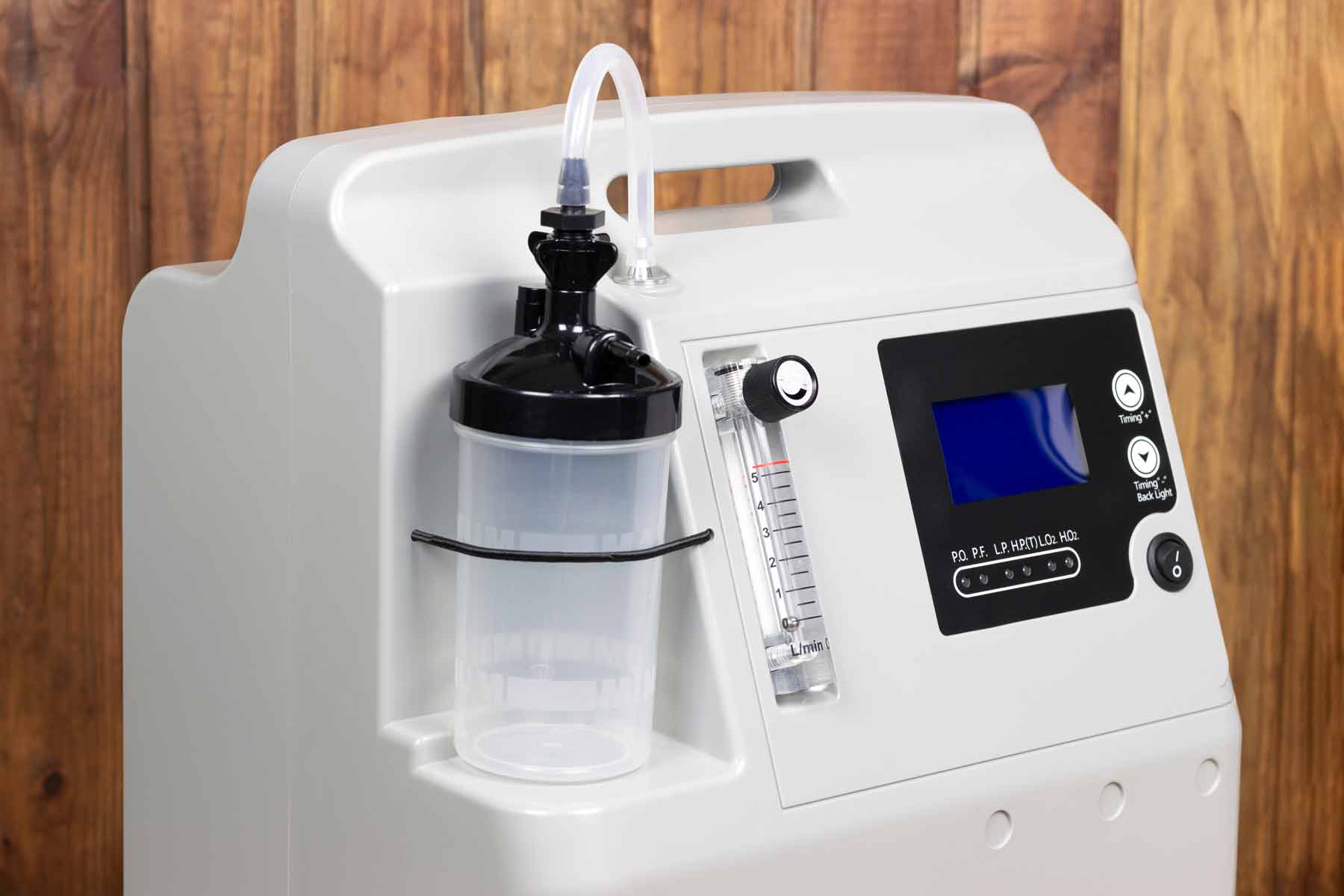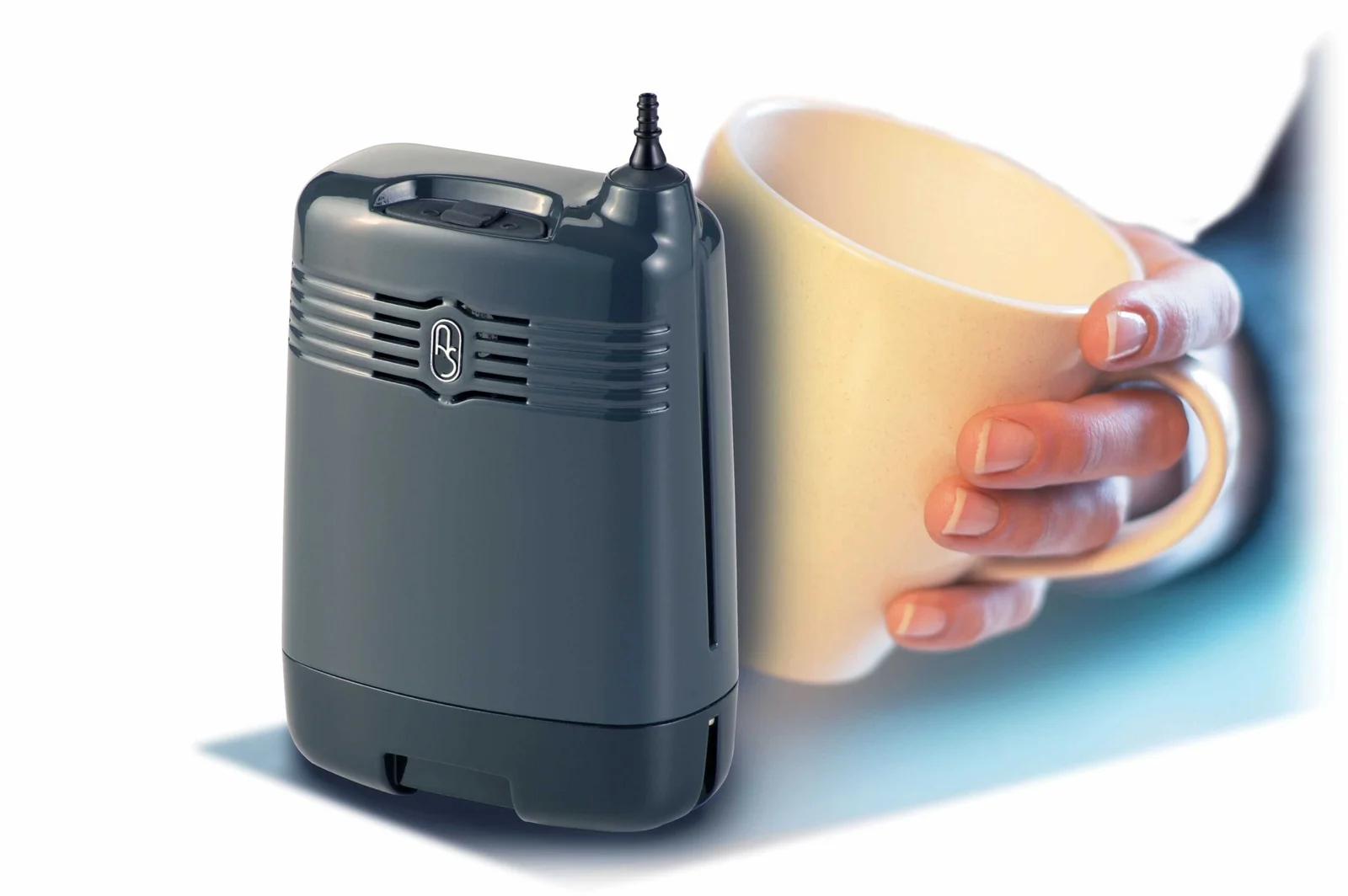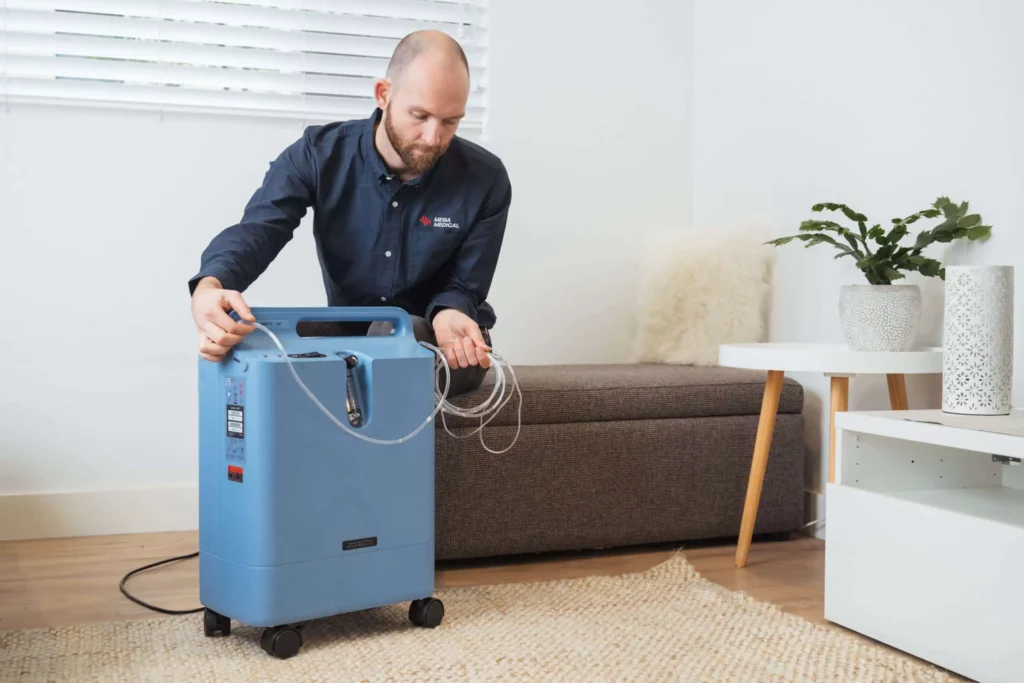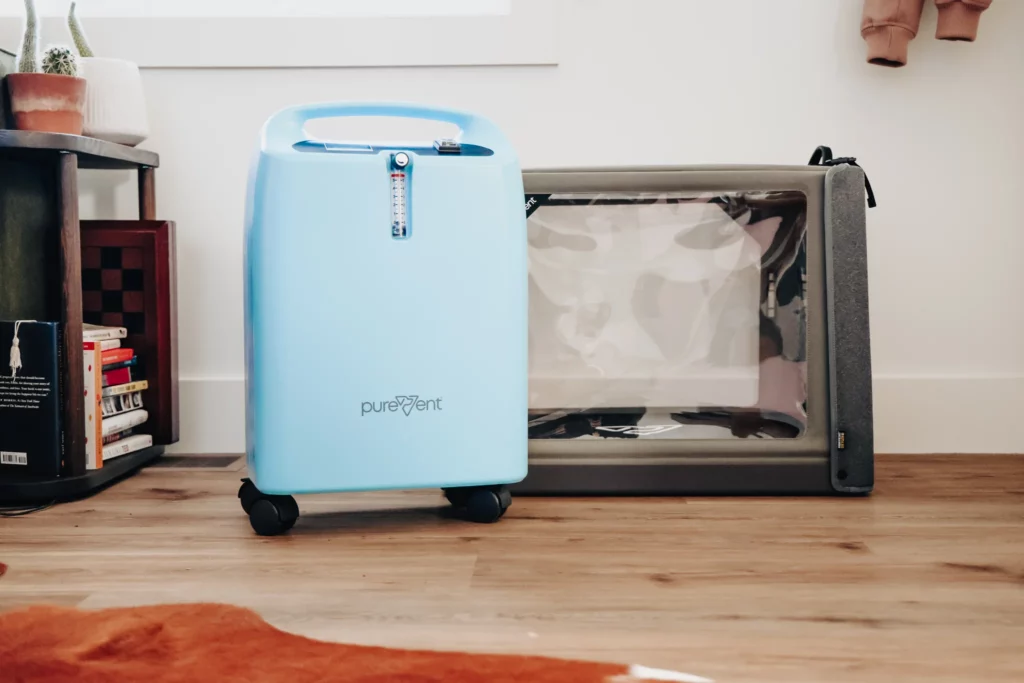What Are Mini Portable Oxygen Concentrators and How Do They Work?
Mini portable oxygen concentrators are small medical devices that provide concentrated oxygen to individuals with breathing conditions such as COPD, emphysema, or chronic bronchitis. These lightweight units enable patients to stay active and independent while receiving essential oxygen therapy during their daily activities.
How Mini Portable Oxygen Concentrators Work
The basic functioning of a mini portable oxygen concentrator involves the following steps:
- Air Intake: The device draws in air from the surrounding environment through an intake filter.
- Air Processing: Inside the concentrator, the incoming air undergoes a process to remove nitrogen and other gases, leaving behind purified oxygen.
- Oxygen Delivery: The concentrated oxygen, usually at levels between 87-95%, is then delivered directly to the patient via a nasal cannula or face mask.
Technologies Behind Mini Portable Oxygen Concentrators
There are two main technologies that power these devices:
Pressure Swing Adsorption (PSA)
PSA utilizes specialized molecular sieves made of zeolite crystals, which act as tiny filters. When air passes through these sieves under pressure, nitrogen molecules get trapped while smaller oxygen molecules continue on their path. The system alternates between two sieve beds—one collecting oxygen while the other releases trapped nitrogen back into the atmosphere. This continuous cycle ensures a steady supply of oxygen.
Membrane Filtration
Membrane filtration employs thin polymer membranes with tiny pores that selectively allow oxygen molecules to pass through while blocking larger nitrogen molecules. Air flows across these membranes, and the pressure difference drives oxygen to the collection side. Compared to PSA systems, this technology tends to be quieter and requires fewer moving parts.
Features of Modern Mini Portable Oxygen Concentrators
Most modern mini portable oxygen concentrators come equipped with pulse-dose delivery systems. These systems are designed to detect breathing patterns and release oxygen only during inhalation, thereby conserving battery power and extending operational time between charges. Additionally, some advanced models offer continuous flow options for patients who require a constant supply of oxygen regardless of their breathing patterns.
How Long Do Mini Portable Oxygen Concentrators Typically Last?
Portable oxygen concentrators usually last between 3 to 7 years, but this can vary based on the specific model and how heavily the device is used. High-quality units from well-known manufacturers often last longer, while cheaper models may need to be replaced sooner.
This average lifespan is better than other home medical equipment. Standard nebulizers usually last 2-3 years, while CPAP machines typically last 5 years. Home oxygen tanks don’t wear out mechanically but need constant refilling, making concentrators more cost-effective over time.
The wide variation in how long they last comes from several important factors:
- Device quality: Premium brands use better parts that can handle long-term use
- Usage patterns: Light users (2-4 hours daily) may get over 7 years of service
- Manufacturing standards: Medical-grade certifications often mean better construction
- Model specifications: Models with higher flow rates may experience more internal stress
Battery life is different from the overall lifespan of the device—replacement batteries usually need to be replaced every 1-3 years depending on how often they are charged.
What Factors Influence the Lifespan of These Devices?
Several factors determine how long your mini portable oxygen concentrator stays functional. These include:
- Usage patterns: The more frequently and longer you use the device, the more wear and tear its components will experience. Devices that run continuously (24/7) will degrade faster than those used intermittently for a few hours.
- Maintenance practices: Regular maintenance, such as cleaning filters, is crucial for preventing dust buildup that can strain the compressor and lead to mechanical wear. Neglecting scheduled maintenance can significantly reduce efficiency and shorten the lifespan of the device by 30-50%.
- Environmental conditions: The environment in which the oxygen concentrator operates also affects its longevity. Dust and debris can clog filters and internal parts, high humidity levels can damage electrical systems, extreme temperatures can put stress on batteries and circuitry, and poor storage conditions can promote moisture accumulation.
- Manufacturing quality: The quality of manufacturing sets apart premium devices from budget models. Established brands use superior compressors, durable sieve beds, and robust electronics that can withstand years of use. Cheaper alternatives may rely on lower-grade materials that fail prematurely even with proper care.
How Does Usage Affect the Longevity of Mini Portable Oxygen Concentrators?
Continuous Use
Continuous use places significantly more strain on internal components compared to intermittent operation. Devices running 24/7 experience constant pressure on compressors, sieve beds, and cooling systems, potentially reducing their lifespan to the lower end of the 3-7 year range. The compressor motor, which powers the oxygen separation process, faces accelerated wear when operating without rest periods. Furthermore, continuous operation can lead to increased energy consumption and higher operational costs as highlighted in this study.
Intermittent Use
Intermittent users who operate their concentrators for several hours daily typically see extended device longevity. The periodic downtime allows components to cool and reduces cumulative stress on mechanical parts. Usage frequency effects become particularly noticeable in PSA-based systems, where sieve beds undergo repeated pressurization cycles—fewer cycles mean longer-lasting zeolite materials that maintain oxygen purity levels.

Why Is Maintenance Crucial for Extending Device Life?
Does regular maintenance really make a difference? Oxygen concentrator maintenance directly impacts device longevity, often adding 2-3 years to operational life. Neglected units experience premature compressor failure and reduced oxygen output.
Essential maintenance routines include:
- Weekly filter cleaning: Remove and wash external filters with mild soap and water, allowing complete drying before reinstallation
- Monthly inspection: Check tubing for cracks, examine connections for air leaks, and verify proper airflow
- Quarterly professional servicing: Schedule technician evaluations to assess internal components and replace worn parts
- Annual deep cleaning: Professional cleaning of internal filters and sieve beds prevents particle buildup
Filter cleaning importance cannot be overstated—clogged filters force the compressor to work harder, generating excessive heat and accelerating component degradation. Clean filters maintain optimal airflow, reducing strain on internal mechanisms and preserving battery efficiency. Visit https://www2.education.vic.gov.au/pal/ventilation-air-purification/guidance/maintenance-and-cleaning-air-purifiers to get more about maintenance and cleaning air purifiers.
How Do Environmental Conditions Impact Device Durability?
Does where you use your concentrator affect how long it lasts? Yes, environmental conditions directly influence device longevity. Factors such as dust, humidity, and temperature extremes can speed up the degradation of components.
The Dangers of Dust
Dust accumulation is one of the most harmful environmental factors for medical devices. Here’s how it affects your oxygen concentrator:
- Air Intake Filters: Dust particles can enter through the air intake filters, making the compressor work harder and reducing the purity of oxygen.
- Internal Components: If you operate your device in dusty areas like workshops, construction sites, or poorly ventilated spaces, internal components may get clogged within months instead of years.
The Effects of Humidity
Humidity can also have a significant impact on oxygen concentrators:
- Condensation Buildup: Moisture can accumulate inside the tubing and valves, leading to various issues.
- Corrosion: Electrical connections may corrode due to moisture exposure, causing malfunctions.
- Damage to Circuit Boards: Circuit boards are vulnerable to damage from excessive moisture.
- Bacterial Growth: Oxygen pathways can become breeding grounds for bacteria if not properly maintained.
Devices used in coastal areas or humid climates should be inspected regularly and have their filters replaced more frequently.
The Challenges of Temperature Extremes
Temperature extremes put stress on internal components in different ways:
- Heat Damage: When temperatures exceed 95°F (35°C), plastic housings may degrade and battery life could shorten.
- Cold Effects: If temperatures drop below 41°F (5°C), lubricants may thicken and compressor efficiency could decrease.
- Rapid Temperature Changes: Sudden swings in temperature can cause condensation buildup and expansion issues with materials.
To prevent premature wear caused by these environmental factors, it’s important to store your units in climate-controlled environments when not in use.
Signs That a Mini Portable Oxygen Concentrator Needs Replacement
The most important sign that your mini portable oxygen concentrator needs replacement is decreased oxygen output. This means that the device may no longer be providing the necessary levels of oxygen for your treatment. If you notice that your concentrator is having difficulty maintaining the prescribed flow rates or if the oxygen purity drops below 90%, it is crucial to replace the device for your safety.
Here are some other signs to watch out for:
- Frequent alarms or error messages that persist after basic troubleshooting
- Unusual noises like grinding, rattling, or excessive humming during operation
- Excessive heat generation beyond normal operating temperatures
- Battery degradation requiring constant charging or failing to hold charge
- Visible physical damage to housing, tubing connections, or control panels
- Repeated breakdowns requiring professional repairs within short intervals
Your oxygen concentrator should operate quietly and consistently. If you notice any changes in its performance, it is important to seek professional evaluation immediately to ensure uninterrupted oxygen therapy.
In some cases, however, these issues might not necessarily mean immediate replacement. For instance, if you encounter problems with a specific model such as the Astral Series, referring to the user guide can provide valuable troubleshooting advice. Similarly, if you’re using an AIRVO 2 Humidifier and face any operational difficulties, consulting the user manual might help in resolving those issues without needing a replacement. Click here to get more about Philips SimplyGo vs Inogen One: Comparing Portable Oxygen Machines.
How Can Users Maximize the Lifespan of Their Portable Oxygen Concentrators?
Following manufacturer guidelines for handling and operation directly extends your device’s functional years. Maximizing device lifespan starts with reading the user manual thoroughly and implementing recommended practices from day one.
User care tips for oxygen concentrators include:
- Store the device in a clean, temperature-controlled environment away from direct sunlight
- Handle the unit gently, avoiding drops or impacts that damage internal components
- Use only manufacturer-approved accessories and replacement parts
- Keep the device away from water sources and high-humidity areas
- Transport the concentrator in its protective carrying case
- Avoid blocking air intake or exhaust vents during operation
- Turn off the device properly using designated power buttons rather than unplugging abruptly
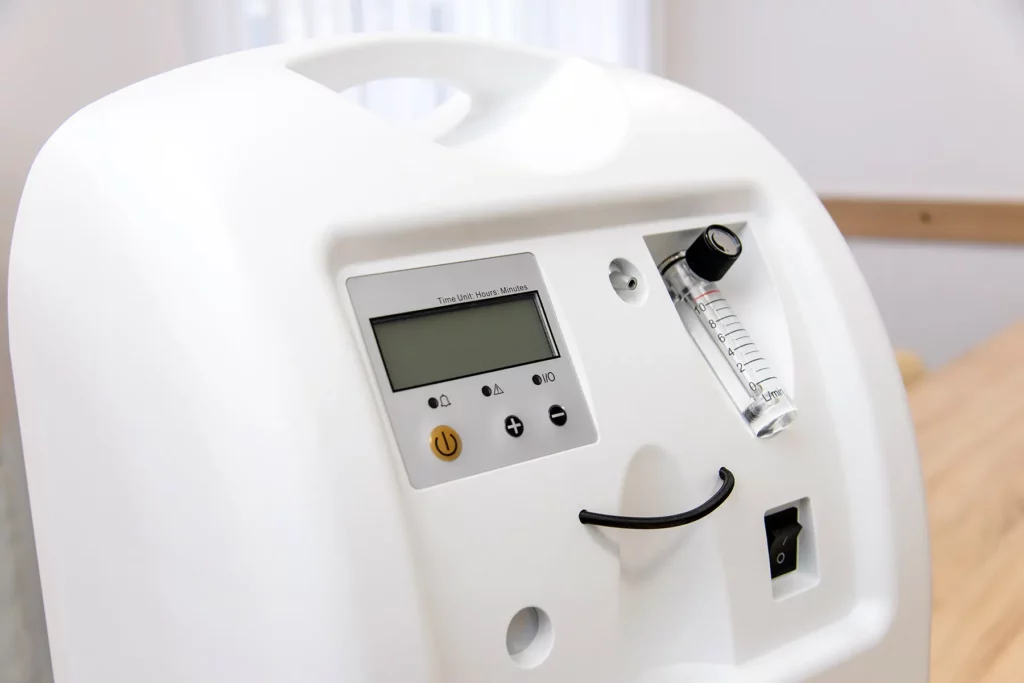
How Can Users Ensure Their Device Serves Them Well for Years?
Mini portable oxygen concentrators typically deliver 3 to 7 years of reliable service when properly maintained and monitored. Understanding the factors that influence portable oxygen concentrator longevity summary helps users make informed decisions about their respiratory care equipment.
The key to maximizing your device’s operational life lies in proactive attention. Regular maintenance, proper handling, and awareness of environmental conditions all contribute to extended performance. Quality matters—investing in reputable brands often means better components and longer-lasting reliability.
Watch for these critical warning signs that indicate replacement may be necessary:
- Declining oxygen output levels
- Increased frequency of repairs
- Unusual operational noises
- Excessive heat during use
- Reduced battery performance
Acting on these indicators promptly ensures uninterrupted oxygen therapy and prevents potential health risks from inadequate oxygen delivery.
Your portable oxygen concentrator represents a vital investment in your health and independence. By implementing the maintenance routines, handling practices, and environmental considerations discussed throughout this guide, you can optimize both device performance and lifespan. Regular check-ups with your equipment provider, combined with daily care habits, create the foundation for years of dependable oxygen therapy.
Stay vigilant about your device’s performance—your respiratory health depends on it.
